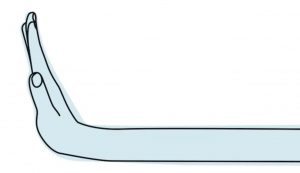The computational anthropologist

When people think of quantitative analytics, big data, and statistics, they rarely picture an anthropologist. The truth is that although anthropology is well known for gathering qualitative data, anthropologists are trained to understand all kinds of data. In many graduate anthropology programs, the required research methods course includes lots of statistics and methods for making sense of quantitative data.
In a world where corporations and governments are looking to make data driven decisions, Astrid Countee thinks there is no one better than an anthropologist to put this data in context.
Companies are finding that just having the hard data points isn’t enough to take action. They need context, an understanding of what the data implies, and a plan for how to strategically use those implications to move forward. […]
The need for context is characterized by the need to put the data collected into a context that includes domain information relevant to the business, meta data, and additional factors that give the collected data significance and meaning. Merely acquiring the information doesn’t allow for a true understanding of it. Data needs to be seen through the lens of the circumstances that created it. It needs to be humanized so that its meaning can be fully understood, what anthropologists often call thick data.
This trend of using data mining techniques on large datasets to help reveal underlying behavioral and cultural significance is the main catalyst behind the emerging field of computational anthropology.



